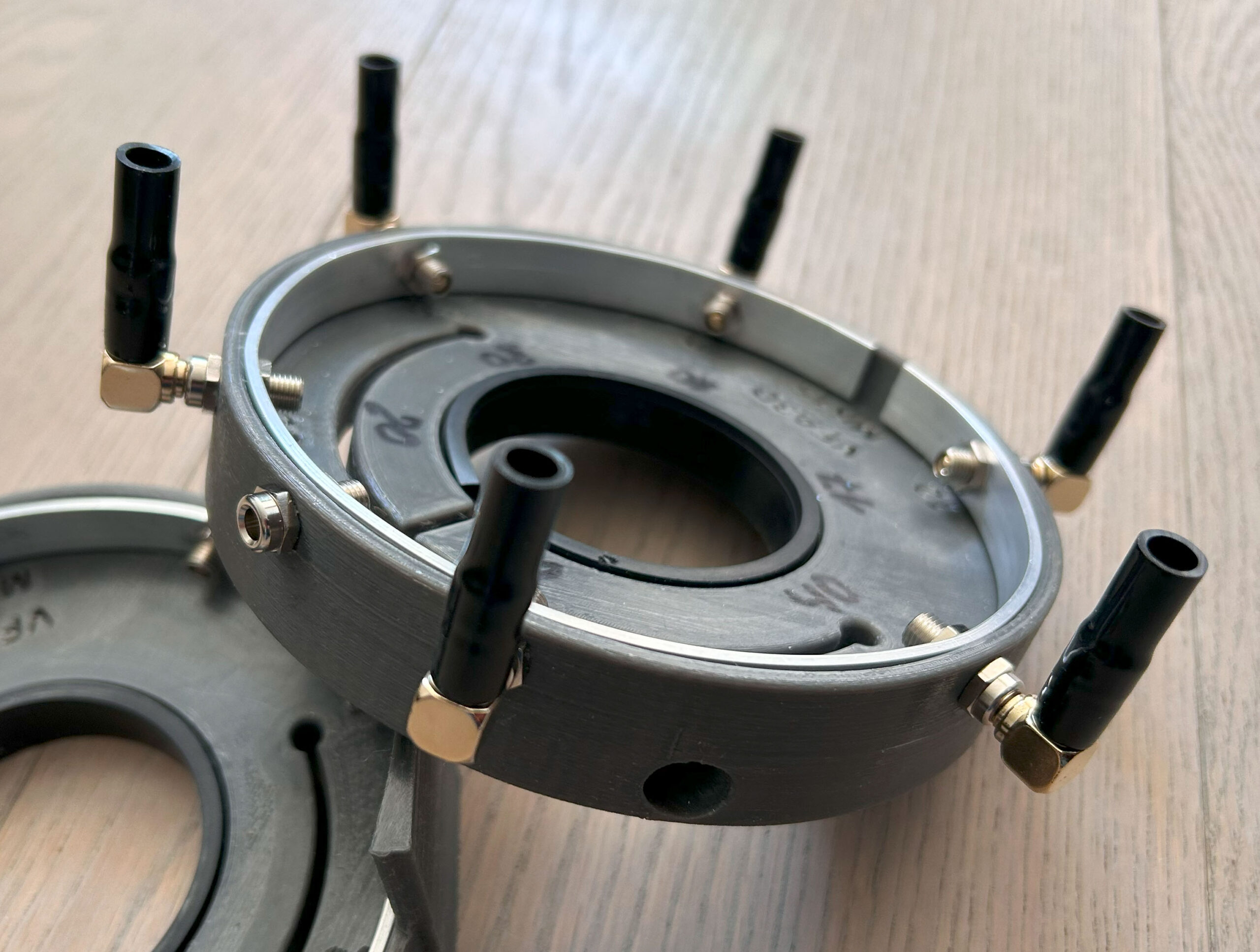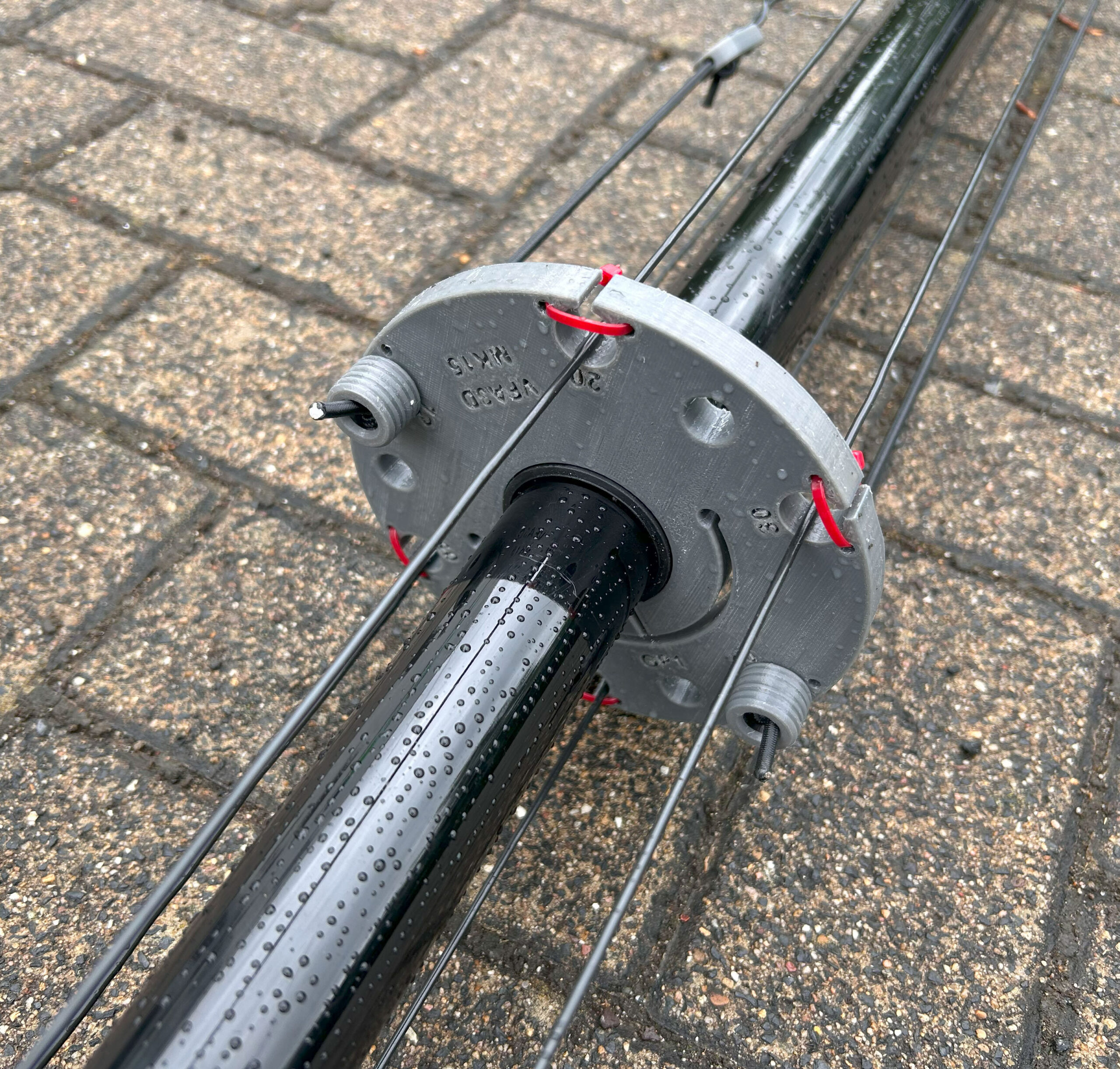Vertical multi-band antenna – Cutting Chart
Cut the active element wire (radiator) to the specified wire length (see Column: Wire length“. Attach the banana plug to one end of the wire. Make a fold back at the other end of the wire (length see column „Foldback Lenght“ and attach the 3d printed „Loop Maker“. Cutting chart active elements (radiators): Band Element … Weiterlesen

